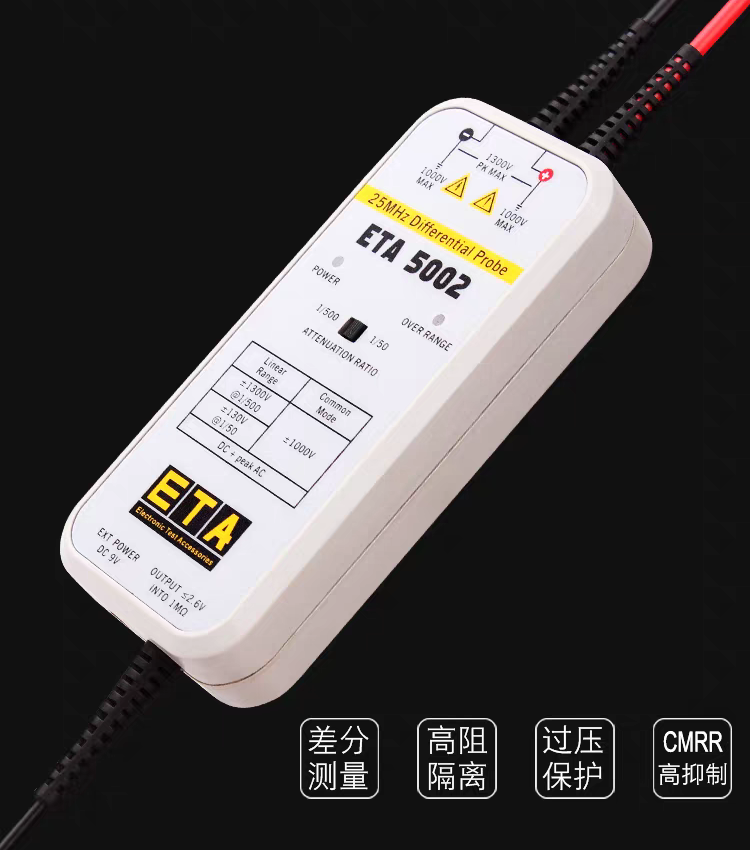Knowledge
Differential Probe Input Impedance: The Secret of High Resistance and Balance
In high-speed digital circuits or precision analog measurements, differential probes are an indispensable tool for engineers. Its core mission is to accurately extract differential signals, and the key to achieving this goal lies in its input impedance characteristics.
What is input impedance?
The input impedance refers to the impedance load presented when the probe is connected to the circuit under test, including the resistance component and the capacitance component. It is important because the probe draws energy from the circuit under test, which is equivalent to adding a load to the circuit. Ideally, the probe should be as "invisible" in general, does not affect the original circuit working state.
High Impedance: Light Listening
Most differential probes are designed with high input impedance (typically 1 MΩ resistor in parallel with pF capacitor). High resistance means that the current drawn from the signal source is very small, reducing the shunt effect on the circuit under test; low capacitance helps reduce the attenuation of high-frequency signals and ensures that fast-changing signals can be faithfully restored. If the impedance is too low, the circuit will be severely loaded, resulting in signal amplitude drop and waveform distortion.
Balance: the cornerstone of common mode rejection
The essence of the differential probe is the common mode rejection (CMRR), which is highly dependent on the exact matching of the impedance between the two input channels. If there is a mismatch in the impedance (including resistance and capacitance) of the positive and negative inputs, the common mode noise cannot be completely canceled, and some of it will be converted into differential error and pollute the measurement result. Therefore, the excellent differential probe not only has high impedance, but also pursues the ultimate balance between channels.
When selecting and using a differential probe, be sure to pay attention to its input impedance parameters. In high-impedance circuits (such as sensor output, high-resistance divider networks), high input impedance is critical. In high-frequency or very high-speed digital measurements, the influence of capacitance becomes prominent, and low input capacitance becomes as important as high impedance.

